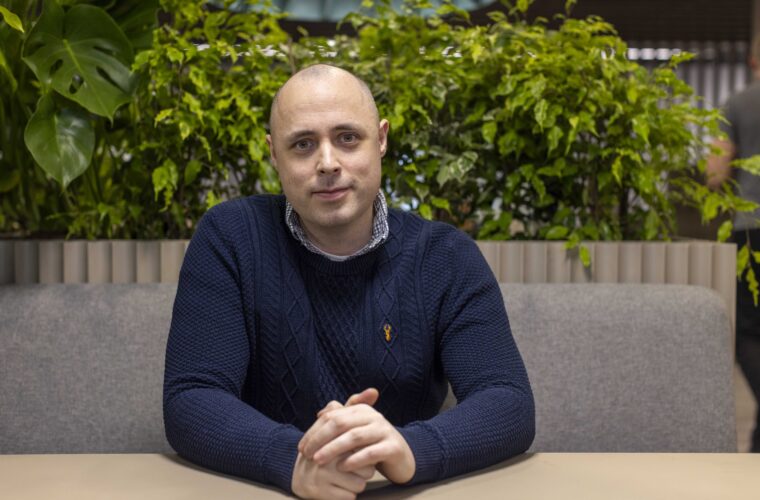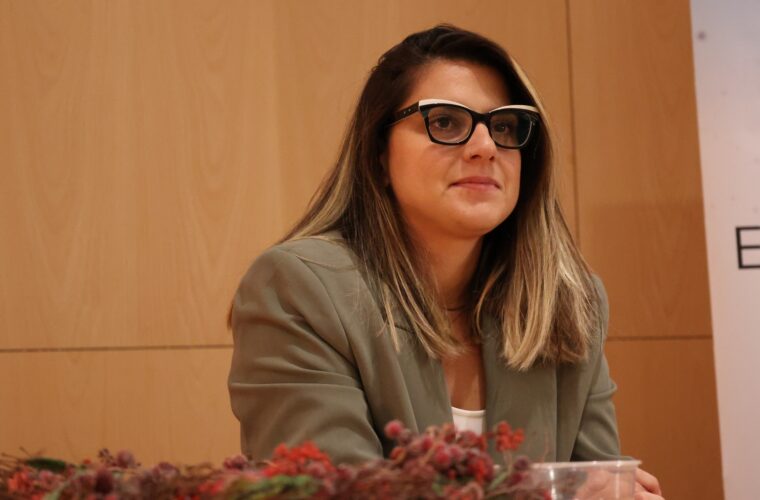In this insightful interview with Rekha Shenoy, we explore how BackBox, a leading network cyber resilience platform, is transforming network security and management. With support for over 180 vendors and a library of thousands of pre-built automation, BackBox simplifies and strengthens network infrastructure by automating device security, compliance, and lifecycle management. Shenoy shares how BackBox’s no-code automation capabilities, seamless integration, and focus on emerging trends like AI-driven threats and advanced automation set it apart in the rapidly evolving cybersecurity landscape.
Can you provide a brief overview of BackBox and its role in enhancing cyber resilience for network infrastructure?
BackBox is a network cyber resilience platform that automates network device security, compliance, and lifecycle management. It supports over 180 vendors and thousands of pre-built automation, enhancing network infrastructure by ensuring that devices are consistently updated, configurations are compliant, and vulnerabilities are promptly addressed.
How does BackBox differentiate itself from other cyber resilience platforms in the market?
BackBox distinguishes itself through extensive multi-vendor support, a library with over 3,000 pre-built automation, and no-code automation that enables users to create automation without scripting, simplifying deployment and reducing the need for specialized skills.
BackBox supports over 180 vendors and thousands of pre-built automations. Can you elaborate on how this breadth of support benefits organizations?
Supporting a wide range of vendors allows organizations to simplify management and enhance flexibility in integrating new devices and technologies as the network evolves easily. In addition, organizations ensure consistency by applying uniform security and compliance policies across all devices, regardless of vendor.
How does BackBox integrate into existing network environments, and what does the onboarding process look like for new customers?
BackBox supports greenfield and brownfield provisioning, with devices that can be added using an IP Address range, a CIDR block, or by importing a CSV of IP addresses. Once added, devices are automatically backed up, and an inventory is taken. BackBox’s Dynamic Inventory automates the collection of details about network devices, gathering and organizing helpful information such as device models, hostnames, specific OS versions, CPU type, total RAM, and more. When new devices are brought into the network, tasks are automated to match the configuration policy.
What trends do you see shaping the future of network infrastructure security and resilience, and how is BackBox preparing to address them?
The emerging trends in network infrastructure security include increased automation—as cyber threats evolve, automation becomes essential to address vulnerabilities and ensure network cyber resilience quickly. In addition, the rise of AI-driven attacks necessitates advanced, automated defences to maintain cyber resilience. BackBox is continuously enhancing our automation capabilities, ensuring organisations can swiftly adapt to the changing threat landscape.


As cyber regulations continue to evolve, how does BackBox stay ahead to support compliance for future frameworks?
BackBox stays ahead of regulatory changes through Automated Compliance Checks. This allows organizations to quickly and easily run compliance checks on all devices to assess resilience and identify configuration drift. Policy Management enables organizations to automatically correct non-compliant configurations to align with organizational standards or industry best practices such as DISA STIGs, CIS Benchmarks, PCI DSS, and more.
If someone is interested in learning more about BackBox or DORA compliance automation, where should they start?
The Digital Operational Resilience Act (DORA) is a crucial regulation for financial institutions operating within the European Union. Starting January 17, 2025, DORA mandates that banks, insurance companies, and information and communications technology (ICT) service providers, over 22,000 entities within the EU, adhere to specific rules designed to strengthen their ability to withstand and recover from cyber-related disruptions. The DORA regulation introduces a detailed framework to help financial firms be prepared for unplanned events and capable of rapid recovery should they occur.
However, implementing DORA guidelines often involves extensive manual and administrative work, posing a high risk of human error. Each step in the process for every network device requires manual intervention, from checking configurations for compliance to making necessary changes, generating reports, and keeping up with updates. Achieving DORA compliance is challenging in single-vendor environments and can quickly become overwhelming in multi-vendor environments.
Fortunately, there’s a more efficient way for network operations teams and service providers to keep networks updated with the latest DORA guidelines. BackBox offers over 3,000 pre-built, easily customizable automations in our Automation Library. This automation eliminates manual tasks and reduces risk by validating specific configurations against DORA best practices and automatically remediating those that do not comply.
Network engineers can access automation templates from a single console into the Automation Library, load them via API, or import them from the UI. To learn more, check out this blog post on DORA compliance



